What are Sensory Problems in Autism?
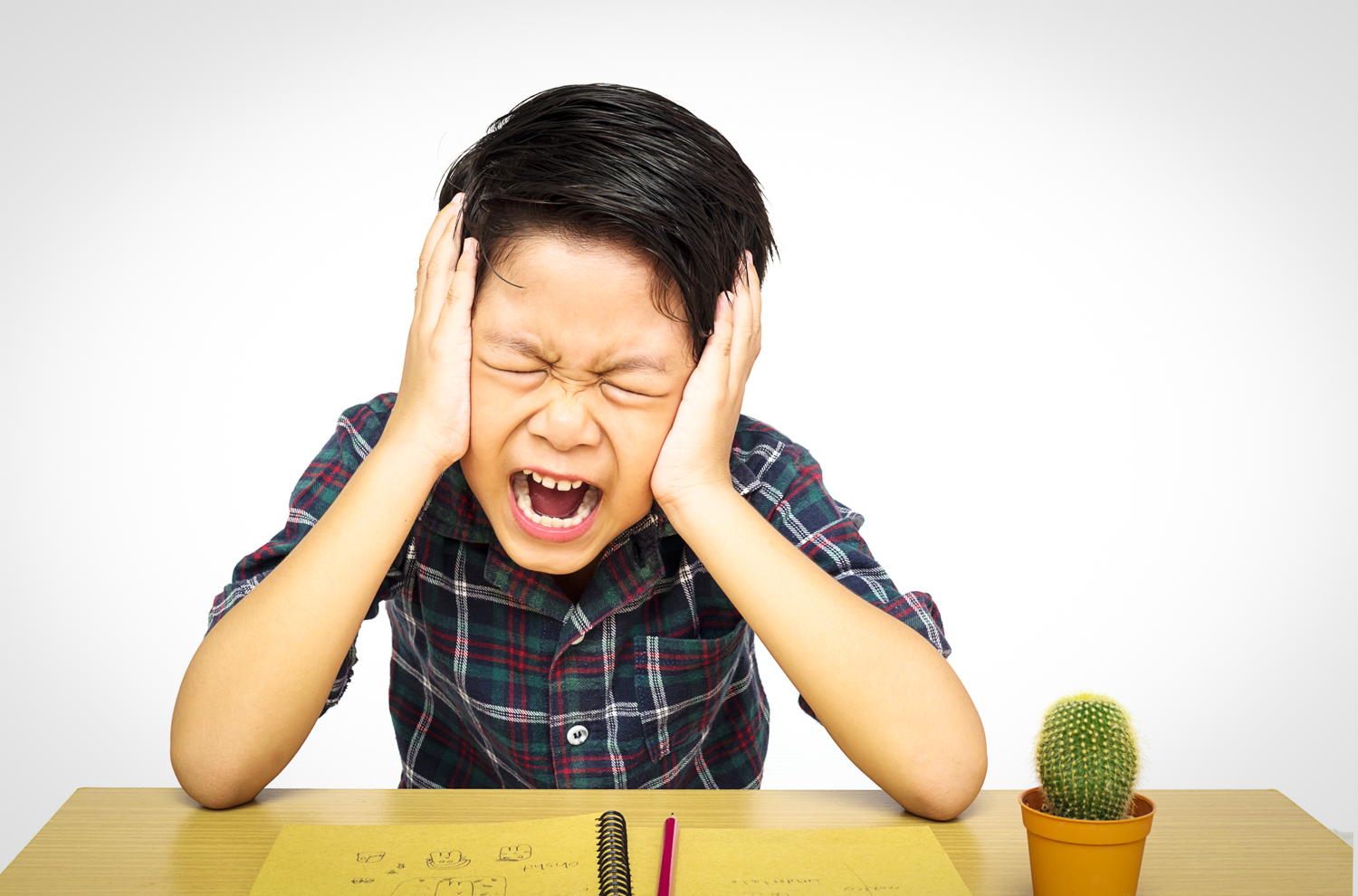
Introduction
Welcome to our exploration of sensory problems in autism. Sensory challenges autism often requires various therapeutic interventions to support children with autism who experience sensory processing issues. This guide is designed to provide clear, detailed information on understanding and managing sensory issues in autistic individuals. Whether you are a parent, caregiver, or teacher, our goal is to provide you with knowledge and strategies to create an appropriate environment for those with sensory processing challenges. Ready to dive in? Let’s get started!
Key Takeaways
Before we dive deep, here are a few key points to keep in mind:
- Sensory processing issues are common in autistic individuals. Research shows that about 90 percent of autistic people think and respond to sensory information differently than their non-autistic peers.
- Recognizing signs of sensory overload and sensory processing difficulties, and implementing strategies like environmental changes and sensory tools, can make a significant difference.
- Creating a supportive environment at home and in the community is crucial. This includes accommodating both hypersensitivity (over-responsiveness) and hyposensitivity (under-responsiveness) needs.
Decoding Sensory Processing in Autism Spectrum Disorder
Imagine your brain as a bustling train station, with sensory information zooming in and out like high-speed trains. For someone with autism, this station can sometimes be too full, making it hard to process sensory information correctly. Sensory integration—how our brain understands what we see, hear, touch, taste, and smell—can be a big challenge for autistic children.
Sensory differences, such as hypersensitivity (over-responsiveness) or hyposensitivity (under-responsiveness), can lead to significant impacts on behavior and emotional well-being, including sensory overload and anxiety. Understanding and accommodating these differences in daily life is crucial.
These problems can be shown by being too sensitive or not sensitive to what is being sensed. Picture a child covering their ears at the sound of a vacuum cleaner because it is too loud for them. This child can be considered to be hypersensitive to noise. Another child can experience touch differently while not noticing when they’ve scraped their knee. This child may be considered hyposensitive, under-responsiveness. These differences can profoundly impact their emotions, actions, and overall quality of life.
The Role of Sensory Systems
Our sensory systems act like gatekeepers, processing everyday sensory information. For autistic individuals, these gatekeepers might be overly enthusiastic or a bit too lax, leading to over- or under-sensitivity. Sensory overload, for example, can feel like trying to talk to someone at a rock concert. It can be stressful, cause anxiety, and even physical pain. Sensory processing difficulties, such as over- or under-sensitivity, require careful assessment to choose appropriate strategies and modifications to the environment.

Hypersensitivity or Over-Responsiveness
Imagine you’re at a concert with blaring music, flashing lights, and a packed crowd. For some autistic individuals, this is their daily experience. Sounds may be too loud, lights too bright, and even a gentle touch can feel overwhelming.
Hyposensitivity or Under-Responsiveness
Now, think about having the volume turned down on life. Some may not notice pain, temperature changes, or other sensory cues. They might seek out loud noises, bright lights, or extreme physical sensations to feel more engaged.
Sensory Overload: Navigating Extreme Sensory Sensitivities
Sensory overload happens when the brain receives more input than it can handle, much like an overflowing inbox. Autistic individuals with sensory processing disorder experience discomfort, anxiety, and even physical pain. Recognizing the signs of sensory overload is the first step in managing these intense experiences.
An example that comes to mind is my son, Adrian. He experiences Auditory Sensory Processing Disorder. He is very sensitive to sound. When we go to one of our local beaches, we have to make sure that we go to one that does not hand dryers in the bathrooms. They are simply too loud for him. If we do, we are asking for a bad experience because he will not go in if his life depended on it. We have tried taking noise cancelling headphones for him. However, the anxiety he may experience can lead to a meltdown and we simply avoid such experiences.
Identifying Signs of Sensory Overload
Imagine your child is a sponge, soaking up sensory information until they can’t take any more and start to leak. Signs of sensory overload include:
Increased movement, like jumping or spinning
Defensive behaviors, such as covering ears or eyes
Heightened stimming behaviors, like hand flapping or rocking
Avoiding certain textures or smells
Extreme anxiety or difficulty communicating
Recognizing these signs can help you better support someone experiencing sensory overload.
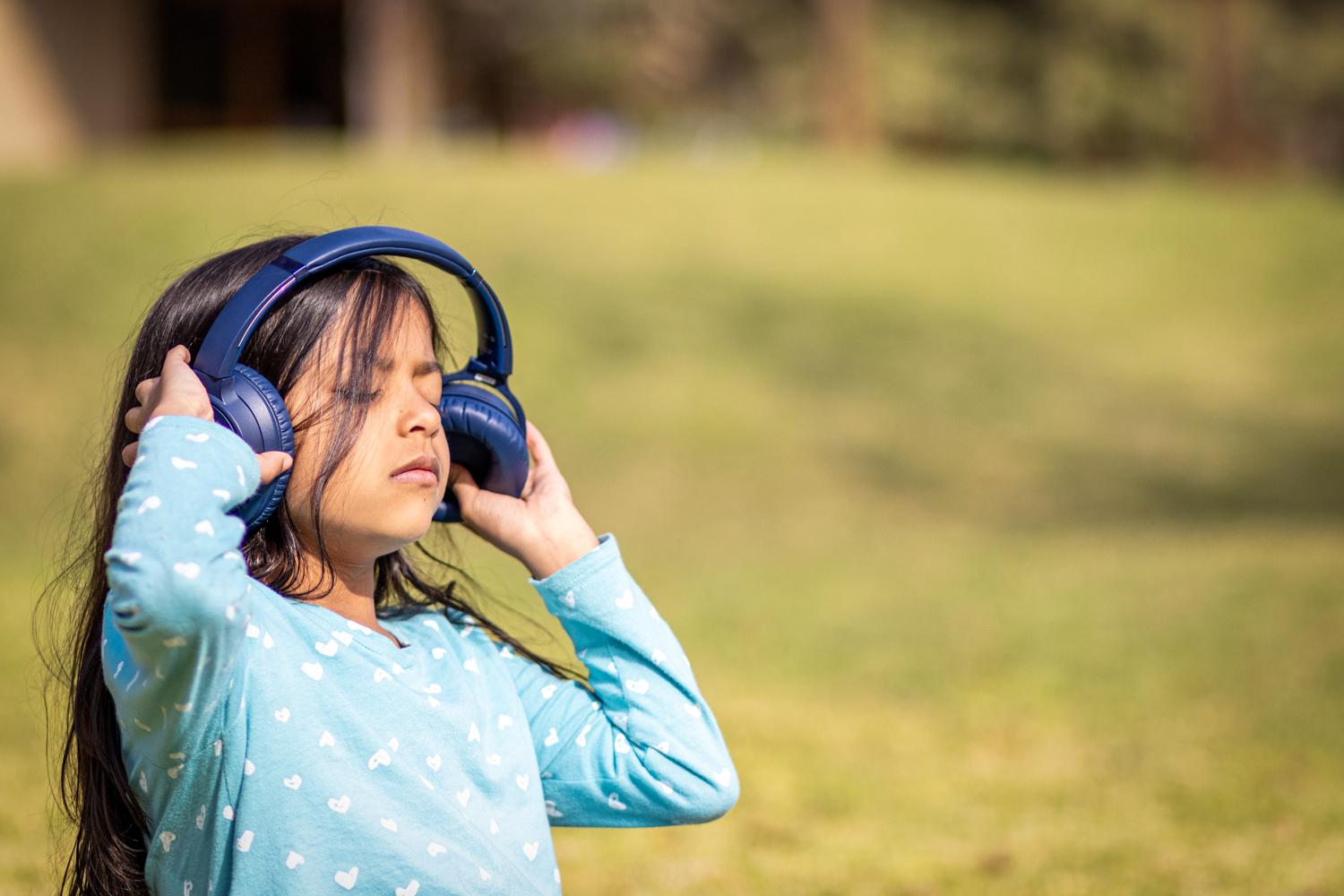
Strategies to Prevent Sensory Overload
Creating a sensory-friendly environment that accommodates sensory differences can be like designing a cozy nest. Use light covers to soften bright lights and headphones to reduce noise. Arrange furniture to create safe, predictable spaces and ensure regular movement breaks. Sensory tools such as sensory swings, sensory sacks, weighted lap pads, fidget toys, and weighted blankets can provide comfort. Calming straight movements, like rocking or swinging on sensory swings, can prevent sensory overload and help autistic children self-regulate.
Navigating Hyposensitivity
Creating a sensory-friendly environment that accommodates sensory differences can be like designing a cozy nest. Use light covers to soften bright lights and headphones to reduce noise. Arrange furniture to create safe, predictable spaces and ensure regular movement breaks. Sensory tools such as sensory swings, sensory sacks, weighted lap pads, fidget toys, and weighted blankets can provide comfort. Calming straight movements, like rocking or swinging on sensory swings, can prevent sensory overload and help autistic children self-regulate.
Occupational Therapy and Sensory Integration
Occupational therapists use different ways to improve sensory issues and make them work in different places. Intense sensory experiences often require the expertise of occupational therapists to help children navigate their sensory needs and develop effective coping strategies. Sessions might include fun activities like using a medicine balls, jumping on trampoline, or doing obstacle courses. These activities help regulate the vestibular and proprioceptive sensory systems.
Customized Sensory Diets
A sensory diet is a personalized plan of activities designed to meet an individual’s sensory needs, particularly for those with sensory processing difficulties. Think of it as a balanced meal plan, but for sensory input. Occupational therapists create a sensory profile using standardized testing and observations. This important data is used to create a sensory diet that include various activities like heavy work (lifting, pushing), sensory input exercises, and relaxing practices like using weighted blankets or fidget toys. The goal is to help individuals achieve a balanced sensory state.
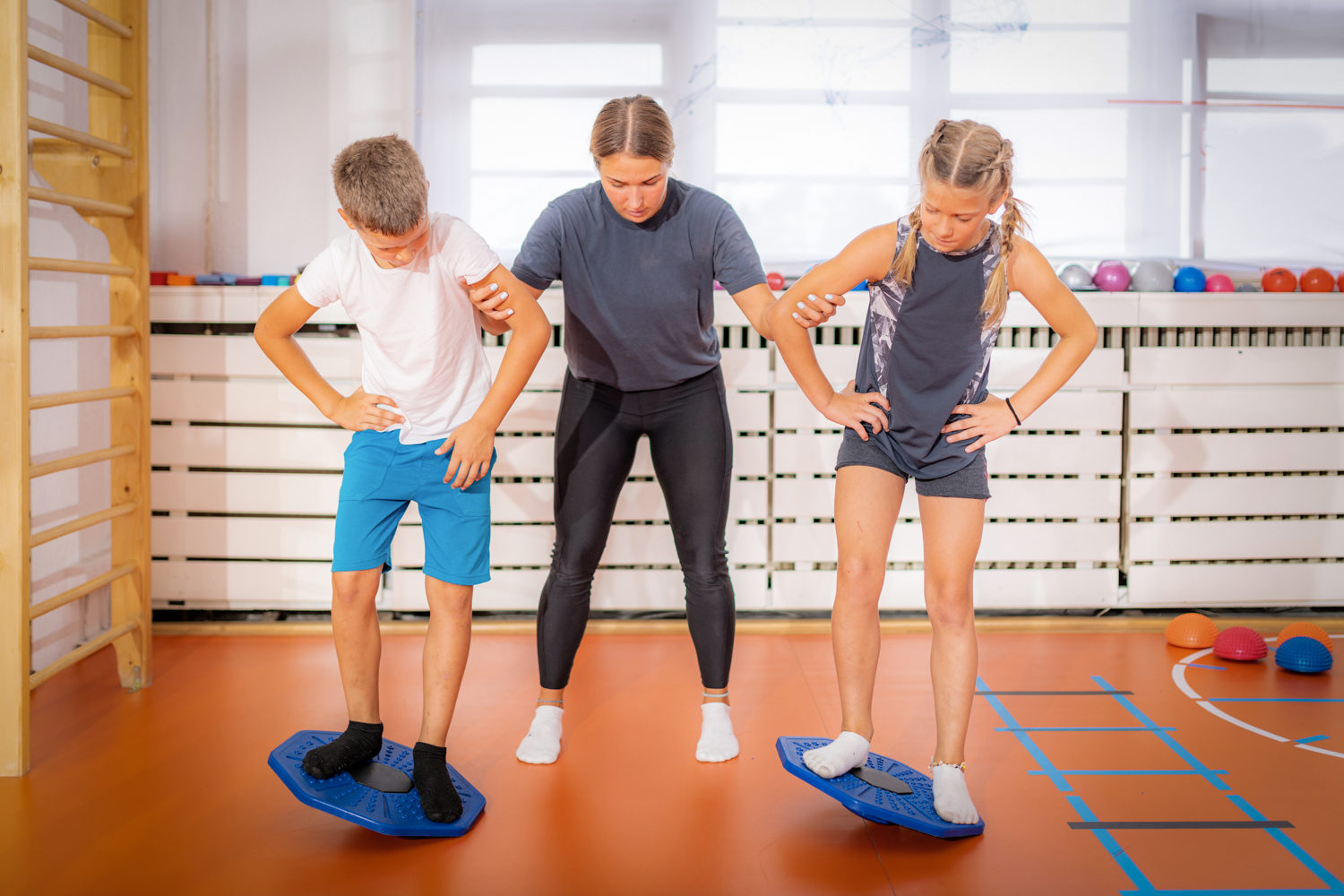
Assistive Tools and Equipment
Sensory-based interventions often include tools like weighted blankets, pressure vests, and therapy balls to accommodate sensory differences. Designing a dedicated sensory room at home can help autistic children feel calm when overwhelmed. Autism-friendly spaces with sensory tools for swinging, balancing, and bouncing can help them improve body awareness and self-regulate.
Creating a Supportive Environment
Creating a supportive environment for autistic individuals, especially those with sensory processing difficulties, is like building a sanctuary. Modifying the environment to minimize negative sensory impacts and promote positive ones is crucial. This includes considering the effects of sensory stimuli in all eight senses:
- Visual
- Auditory
- Tactile (touch)
- Olfactory (smell)
- Gustatory (taste)
- Vestibular (balance)
- Proprioceptive (body awareness)
- Interoceptive (internal sensations)
Ensuring sensory regulation may require creating less-stimulating or more stimulating environments based on individual needs. For example, simple changes at home can make a big difference. Using dimmer switches and warm light bulbs or installing blackout curtains can help manage visual sensitivities.
School and Community Considerations
Adapting environments for children with autism requires thoughtful planning. Providing clear and accessible exit routes can help alleviate anxiety. In larger spaces like school halls, including smaller, quieter areas can offer a retreat. Designing transition spaces can make moving between activities smoother.
The Role of Diet in Sensory Processing
Diet plays an essential role in managing sensory processing issues. Incorporating strong flavors or mixed textures can help individuals with hyposensitivity in the smell and tactile senses. Nutritionists can offer guidance on managing eating issues related to taste and smell. If not handled properly, selective eating based on sensory experiences can lead to a restricted diet and potential nutritional deficiencies.
Exercise and Sensory Regulation
Exercise is vital for sensory regulation, acting like a reset button to alleviate symptoms. Activities that target the vestibular and proprioceptive systems can improve sensorimotor function. Engaging in activities like using rocking horses, swings, roundabouts, and seesaws can aid vestibular development. Catching a ball or walking smoothly up steps also contributes to this process.
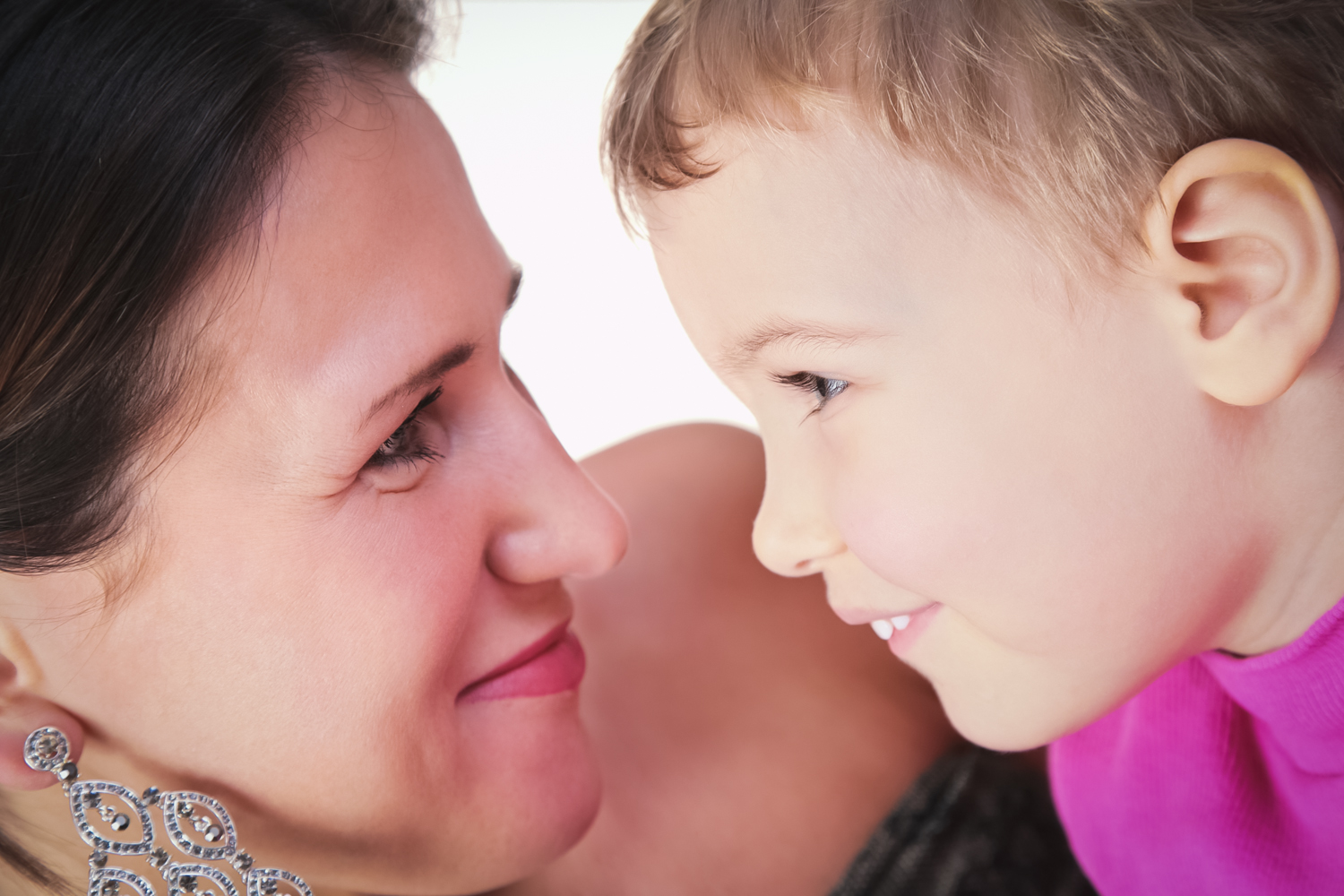
Summary
Understanding sensory processing differences and sensory challenges autism in autistic children is crucial for improving the quality of life for autistic individuals and their families. There are many ways to address sensory challenges, including understanding how sensory systems work, exploring therapeutic interventions, and modifying environments. By making homes, schools, and communities more accommodating to the sensory needs of autistic individuals, we can create environments where they can thrive and reach their full potential.
Frequently Asked Questions
What are common signs of sensory overload in autistic individuals?
Common signs of sensory overload include increased movement, covering ears or eyes, heightened stimming behaviors, and extreme anxiety. Recognizing these signs can indicate a need for a supportive and calming environment.
How can I create a sensory-friendly environment at home?
Creating a sensory-friendly environment at home involves simplifying the space, using dimmer switches, blocking out noise, reorganizing items, and choosing calming colors for walls and furniture. It is important to know how your child’s senses work and create a place for them that fits their specific sensory needs.
What is a sensory diet?
A sensory diet is a personalized plan of physical activities designed to meet an individual’s sensory needs. It is also created to help them achieve a balanced sensory state.
How does exercise help with sensory regulation?
Exercise helps with sensory regulation by targeting the vestibular and proprioceptive senses. It improves spatial awareness, orientation, and balance. It helps with coordination, self-control, and it improves the brain’s ability to process sensory input.

Hey there! I’m Eddie Corletto, the passionate mind behind kidscalma.com. A proud father of an autistic teenager. A special education teacher with over ten years of experience in the classroom. I hold a master’s degree specializing in Autism and Sensory Processing Disorders. I am deeply committed to supporting autistic children and their families. Kidscalma is my platform to share both my professional and personal experiences. I specialize in creating helpful resources for parents and educators supporting children on the Autism spectrum, Sensory Processing Disorder, and other learning disabilities. When I’m not in my classroom or writing, you might catch me hiking with my family or cycling around the scenic roads of California’s Central Coast. I believe our children can achieve amazing things every day. Connect with me on Facebook or subscribe to my blog for more insights and resources!
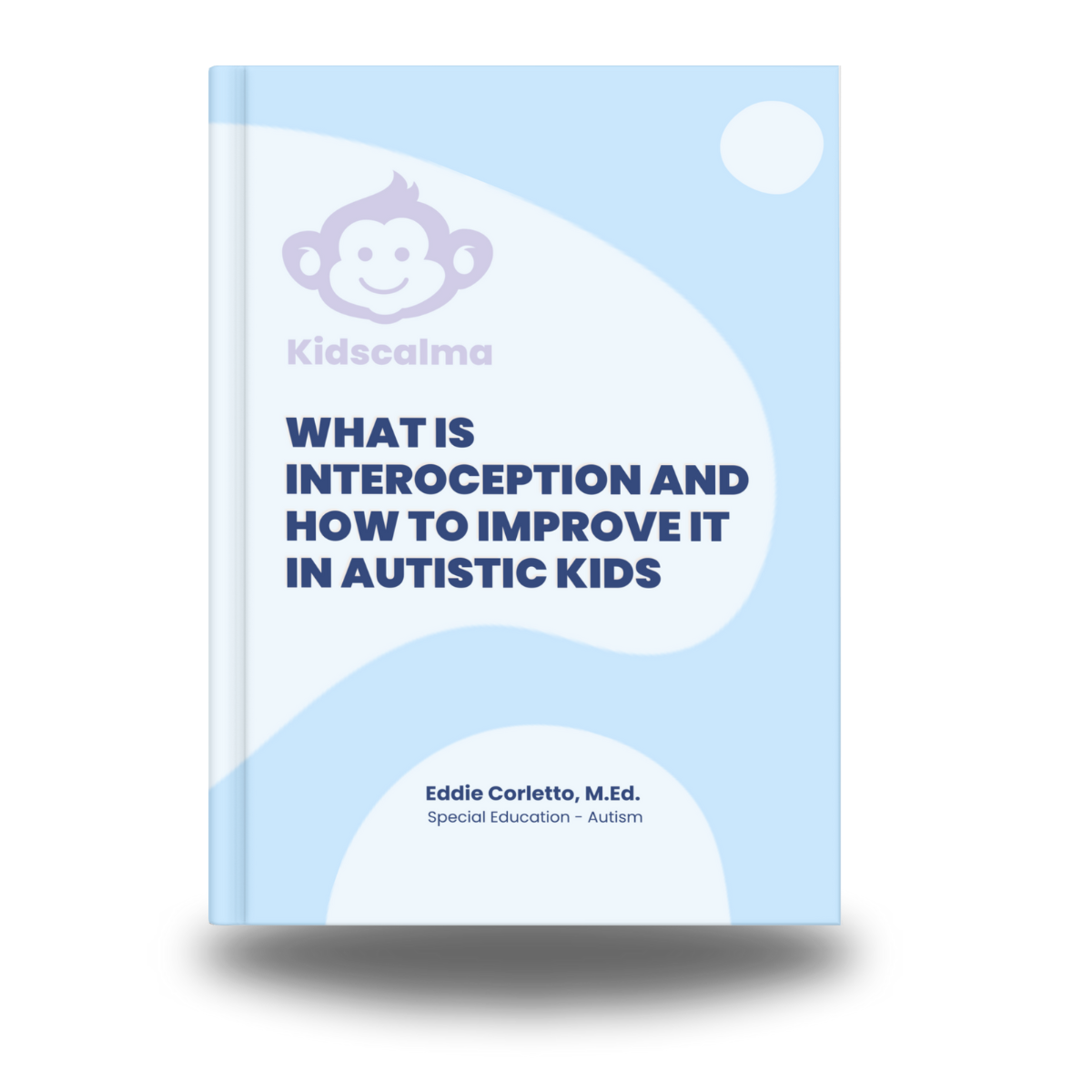
How to Understand Sensory Problems in Autism?
Eddie Corletto, M.Ed. Special Education
Published July 30, 2024
Like and Follow us on Facebook Page and visit may our Amazon Store
Other blogs
Sensory Overload in Autism and SPD: A Parent’s Guide
Sensory Overload Sensory overload is a term that resonates deeply with parents of exceptional children. It describes a state where the brain...
Why Autism Head Banging Happens and how to Help?
Navigating the challenges of self-injurious behaviors (SIBs), including head banging behavior, can be emotionally challenging for families of...
Why are Sensory Swings Essential for Kids With Autism?
A therapy swing, also known as a sensory swing, like the one shown by Kidscalma, is a tool that helps manage Sensory Processing Disorders. It does...
How Weighted Lap Pads Calm Sensory Overload?
It can be hard to deal with sensory problems in autistic children. But with tools like the weighted lap pad from Kidscalma, we can make them feel...
Toilet Training Autistic Children
Toilet training autistic children can be an overwhelming process, and it often brings an additional layer of challenges. If you’re feeling uncertain...
